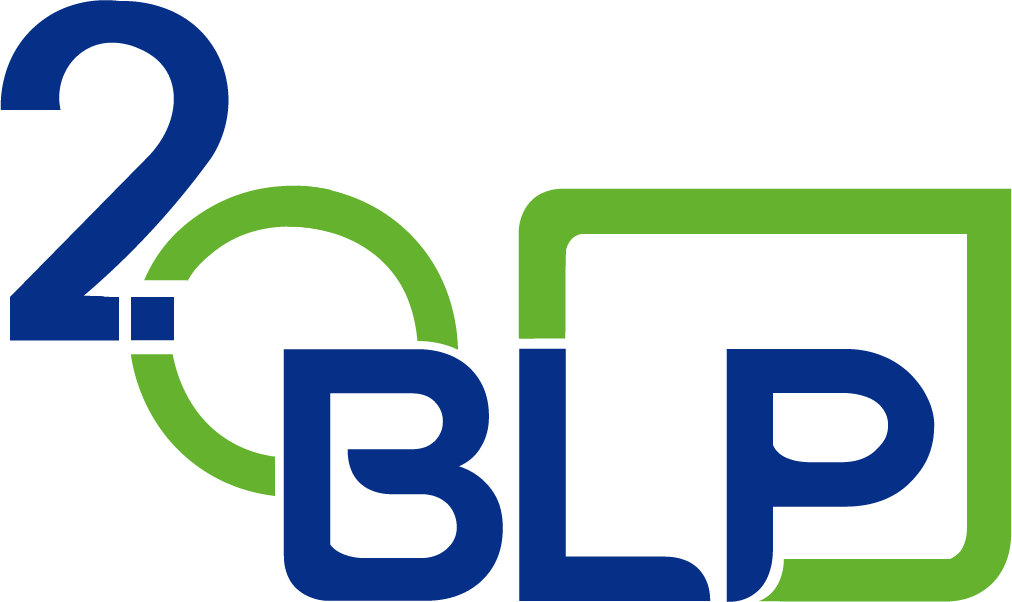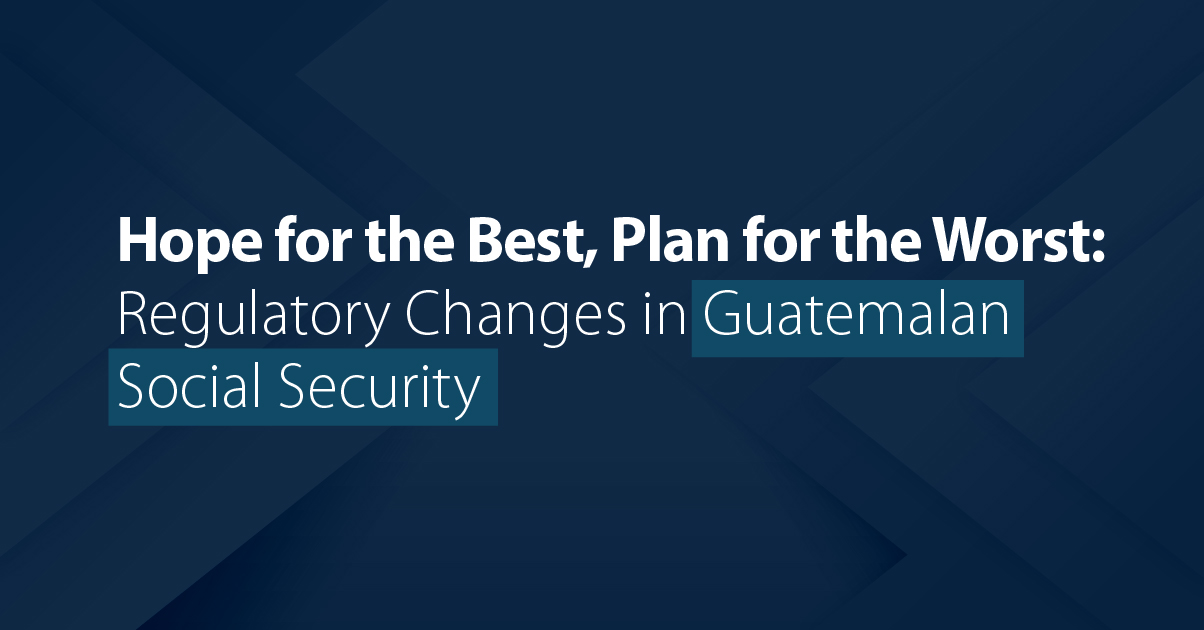The phrase, “Hope for the best, plan for the worst,” is one I heard in a spy movie, and searching for a title for this article, it occurred to me that we could use that phrase to identify the role played by labor consultants.
There are many anecdotes. The companies that granted payments, bonuses, commissions, benefits, and special conditions to their trusted employees never thought that one day they would claim that as part of their salary to calculate their compensation and abandon many pending issues that were regular and without supporting documents.
Regardless of the background, the best way to ensure that the termination of the employment relationship does not cause surprises is to document, preventatively adequately, conditions under which the company will pay or benefit an employee.
Planning compensation for workers, regardless of their positions in the company, through policies, programs, protocols, supplementary materials, or communications must contain only one thing: clear rules that prevent contingencies.
The ideal moment to inform the rules and conditions of the compensation, and to record it in writing, is before granting the benefits because once they are paid or loaned, the possibility arises that an employee can claim them as rightfully his without any limitation or control.
Even trying to sign a document after the employee has received benefits can become a sensitive issue in the relationship, an effect that no company wants to cause.
The new Regulations for Registration in the IGSS Social Security Regime obligate Employers to prioritize the documentation of the labor relations of employees who provide their services for companies that did not contribute to Social Security.
As of February 27, 2023, all companies with an employee at their service, including anyone holding the status of a legal representative, including a company shareholder, must contribute to Social Security. In addition, members of Boards of Directors or Administration Councils must register when they have a labor relationship with the entity.
The Regulations for Registration in the Social Security System added to the Reforms of the Regulations on the Collection of Contributions to the Social Security System and the Regulations for the Protection of Workers who Work Part-Time, have caused more changes in 5 months than in the last five years, modernizing the regulation on human resources.
We must accept the fact that the rules of the game have changed and that the old strategies have fallen into disuse. We must look to the future, where rule compliance, orderly planning of human talent, and proper documentation of salaries and compensation help prevent the imposition of fines, adjustments, wear and tear and, in short, the prevention of operating cost overruns.
In formalizing the work contract, the best regulatory tools are the Productivity and Efficiency Bonus Policy, the Bonus Agreement with the metrics, and the compliance evaluation. These must be separately designed for each company to ensure that their application is efficient and that, while always expecting the best from Human Capital, planning is for the worst.

Fernando Méndez
Director
Guatemala
[email protected]



